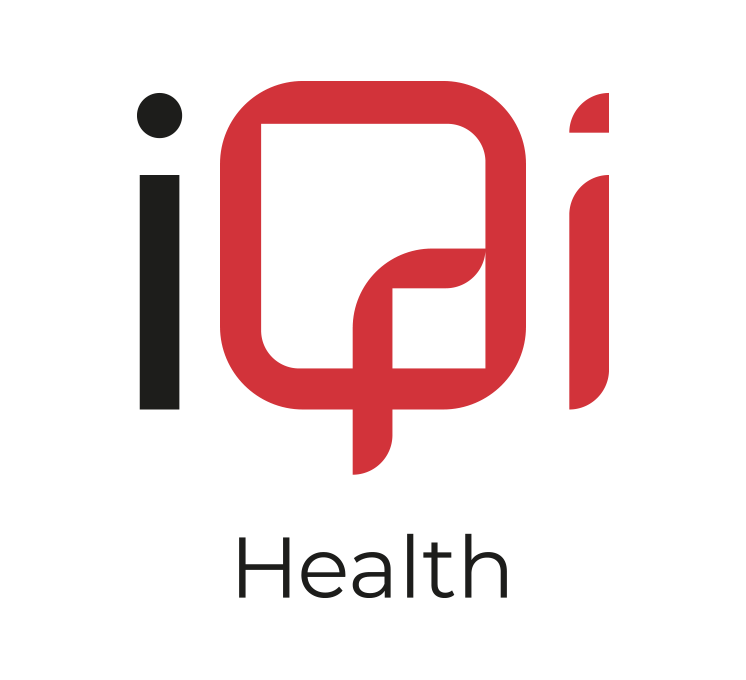
Holistic Diagnostics
Treating the 'person' - not the 'condition'
At iQi, every person is diagnosed and treated Holistically. In other words, it is the person who is treated not the ‘condition’.
No two people present with exactly the same symptoms or have become unwell for the same reasons. Symptoms are just a manifestation of something much deeper. Therefore, to truly find the root cause, we must look at the whole picture. This means having a good knowledge of how each system is functioning in that individual, their medical history as well as their lifestyle habits and any significant life events that have occurred.
So how do we identify what and where the root cause is?
Traditional Diagnostic Techniques
There are a number of different diagnostic techniques that have been used for thousands of years and are still used in Traditional Chinese Medicine (TCM) treatments today. In ancient times, they didn’t have the means to do scans or blood tests, so instead they relied on and refined techniques that helped them ‘read’ and interpret what the body was telling them.
They identified that certain symptoms would correlate with different changes in the body such as the colour of the tongue , the rate of the pulse and the sound of the voice. By combining all these different methods, they could gain a really good insight into how the body was functioning and where any pathologies were.
Enquiry, Observation and Palpatation
All of these different diagnostic techniques come under the three methods of: Enquiry, Observation and Palpation.
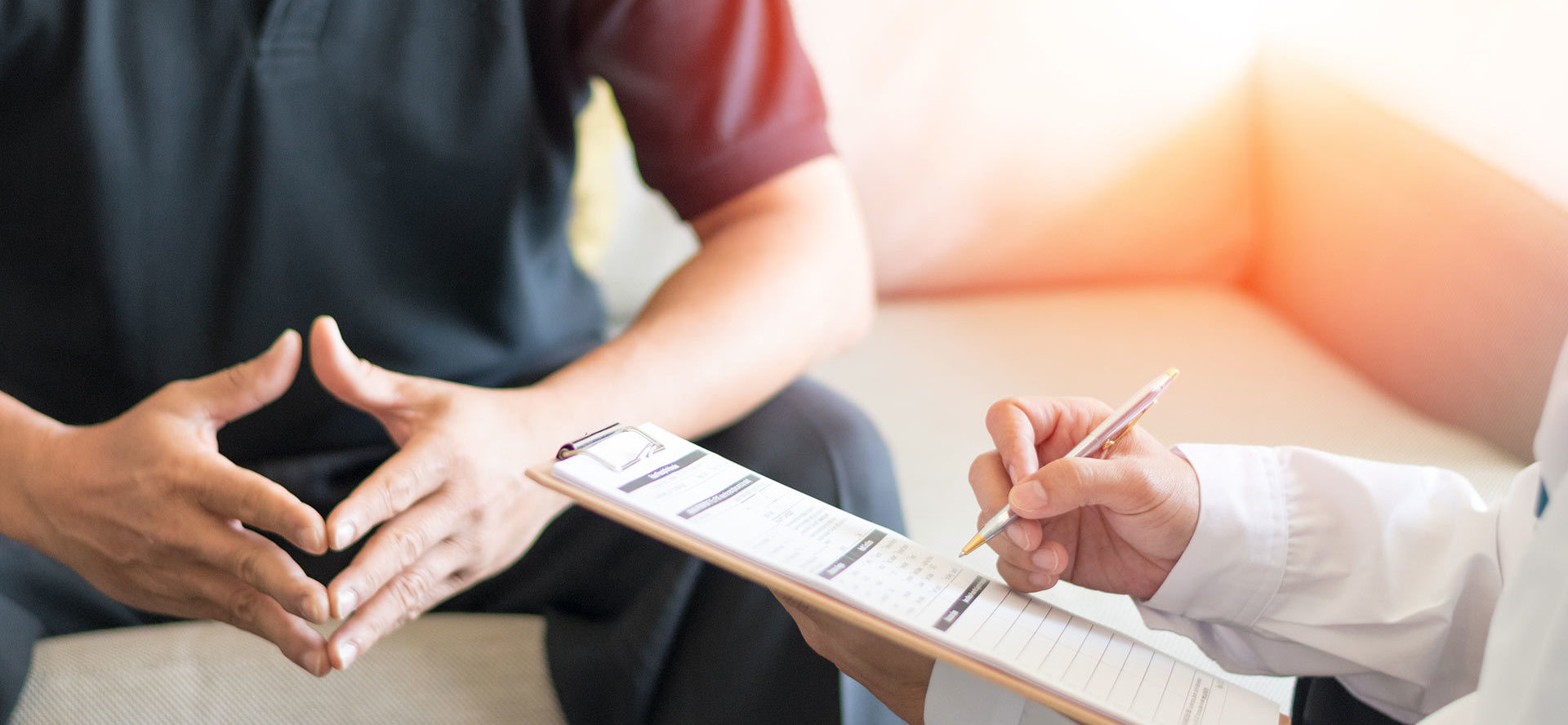
Enquiry
This is essentially Questioning the patient on all areas of their Health and Well Being as well their presenting complaint.
Listening to the way a person explains or describes their symptoms along with the sound and tone of the voice will also help the practitioner determine what is going on on a more constitutional level.
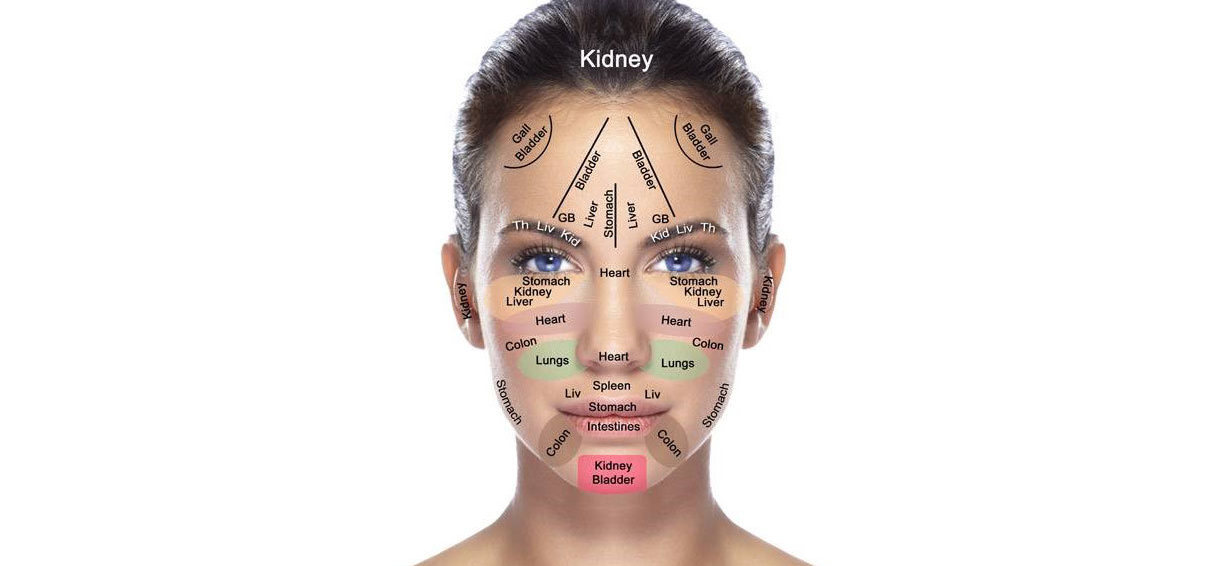
Observation
This involves examining various parts of the body, known as Microsystems, such as the Ear, Face or Tongue. Each of these systems is like a map of the body, revealing our internal physiology.
Just as in Reflexology, where different ‘zones’ of the foot represent different parts of the body, so the same is applied when looking at the Face, Tongue or Ear in Chinese medicine. Depending on what is observed, the pathological area of the body can be identified. Other areas that are observed, are the patients Posture and Structural Alignment as well as how one might walk and the range of movement they have in their Joints.
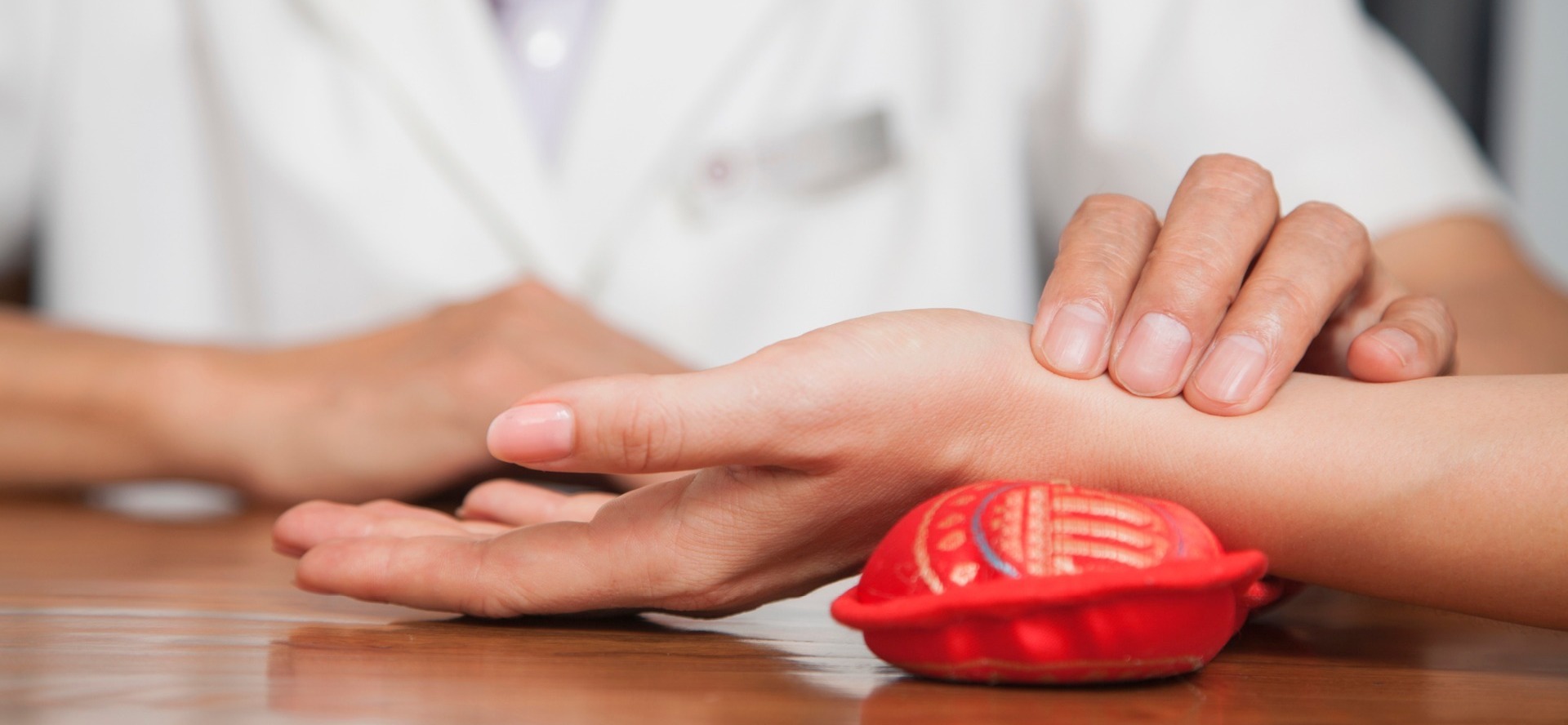
Palpation
This is diagnosing by Touch. An integral part of TCM diagnosis is palpation of the pulse(es). This is much more comprehensive than conventionally taking the rate of the pulse.
In TCM, the “quality” of the pulse is also interpreted. This helps the practitioner gain a deeper understanding of the flow of Qi in the different channels of the body, the condition of the blood and the strength of their energy levels. The Practitioner may also palpate along the channel pathways as well as manipulate the Muscles, Tendons and Joints to feel for any Tension, Inflammation or Swelling.
Modern Diagnostic Techniques
At iQi, as well as using the wisdom of these Traditional Techniques, your Practitioner also refines her diagnosis by using Digital Imaging Technology. This Evidence based, modern device, reads the flow of Qi in each of the main channels.
The process is a simple 2 minute test which involves placing a probe on certain acupuncture points, one on each meridian channel. This measures the electrical resistance, which essentially means how much and how easily the energy can flow into that channel. Once the test is complete, the results are immediately analysed and shown in a Graph. The Graph shows which channels are blocked, depleted or flowing freely. This is a very useful visual record to have for both the practitioner and patient to really understand where the problems are and to help monitor their progress.
Every patient receives a full report after each treatment.
Modern Diagnostic Techniques


